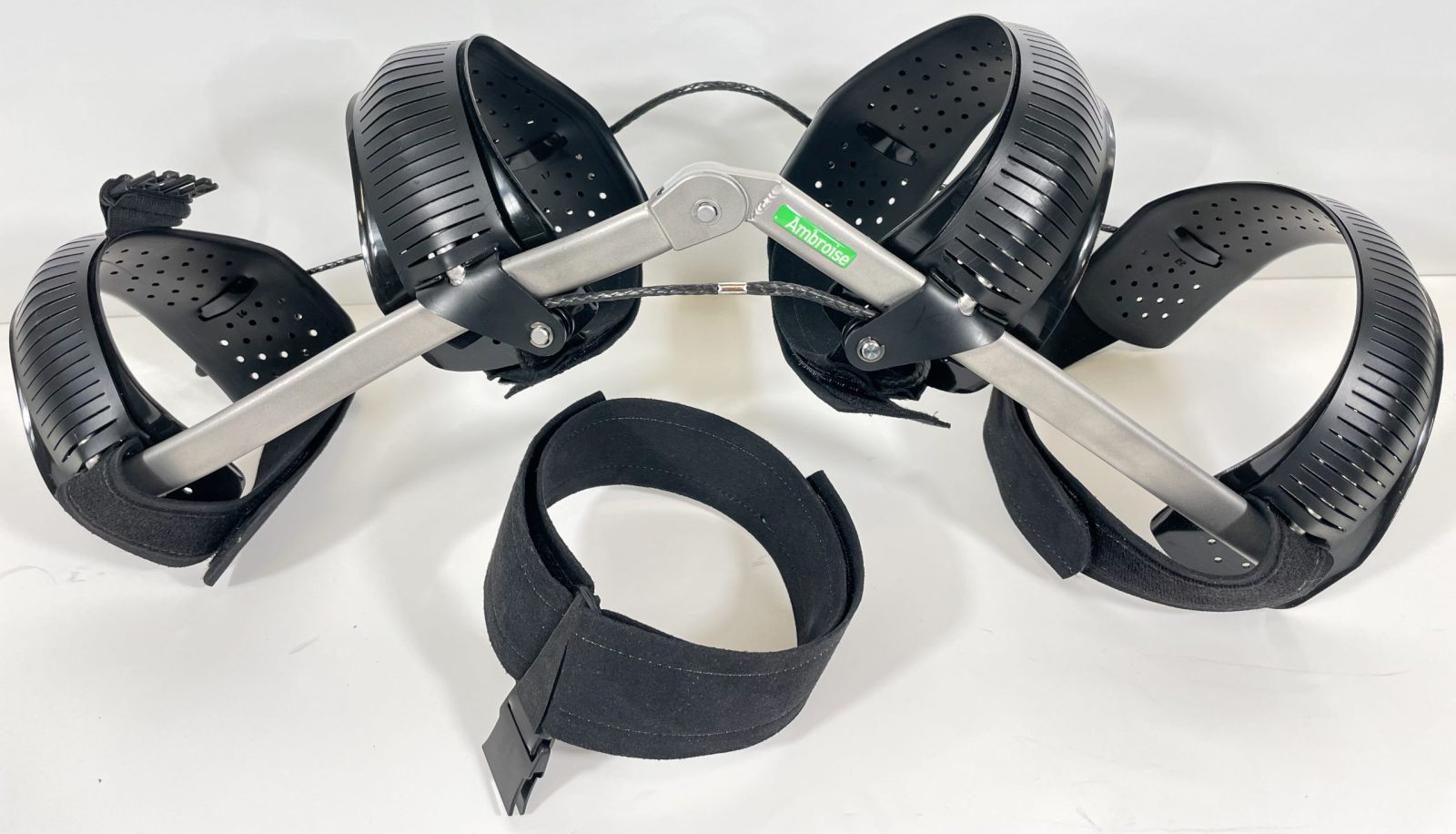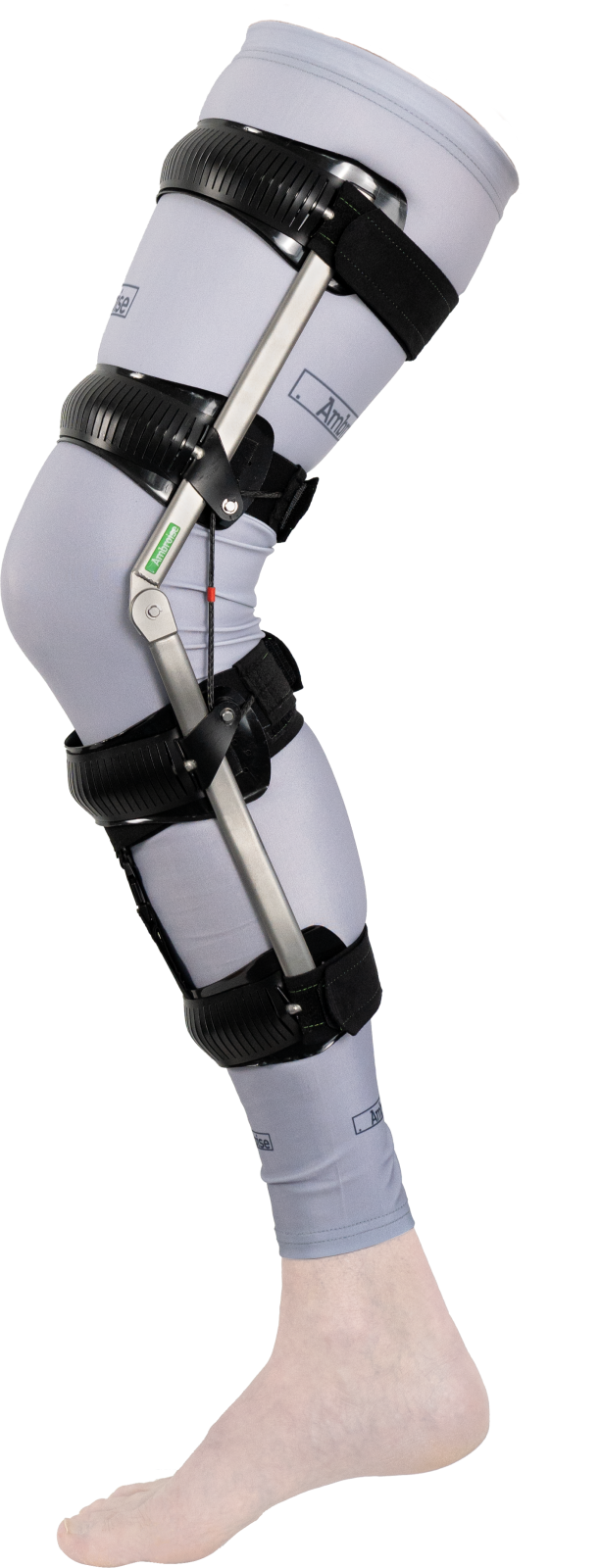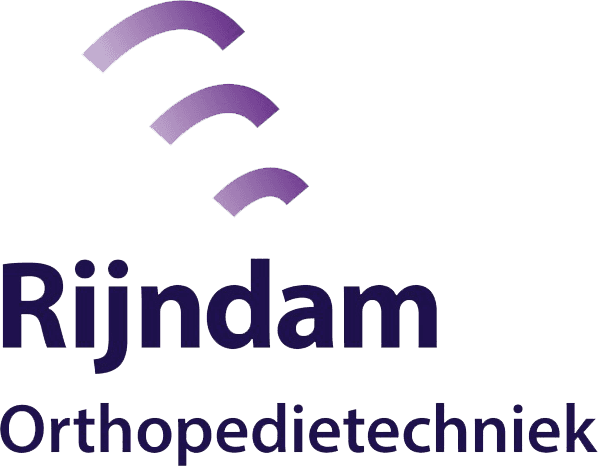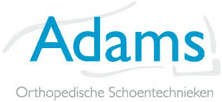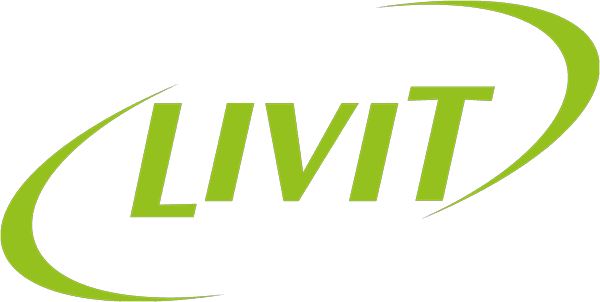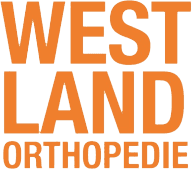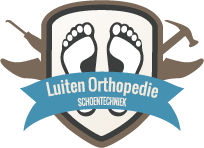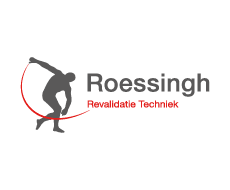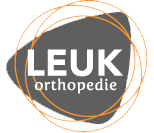How does the GENUX 2 work?
The GENUX 2 is specially developed for use for people with moderate to severe complaints due to knee osteoarthritis. It is a lightweight orthosis that is custom made for you. The GENUX 2 stabilizes and corrects the affected knee.
Counteracting
The frame of the GENUX 2 prevents the knee from moving sideways too much in valgus or varus by counteracting this instability. The GENUX 2 frame ‘pushes back’ when the knee starts to get into sideways movement. This reduces the load on the knee at the affected side: less stress is on the knee side where the cartilage is affected most (and slightly more on the other side). As a result, the pain is usually reduced. Because the leg combined with the brace is more stable, it also feels more stable. This sounds very obvious, but is very important.
A smart cable
The GENUX 2 frame is able to generate the required forces to push the knee back because of a smart mechanical construction of the frame. A simple, super light weight, soft-feeling but extremely strong cable, placed on the opposite side of the knee joint, leads to a very rigid frame structure, capable of taking on high loads. With the joint placed laterally and the cable running at the inside of the knee (in cases of valgus instability) the GENUX 2 prevents the knee from moving inward. In cases of varus instability the joint is placed medially and the cable runs at the outside of the knee. Just by adding a string of a few grams we’ve changed the stability of the orthosis in a surprisingly simple way.
Clever mechanics. That’s it! 🙂
THE GENUX 2 – DYNAMIC 4 POINT BALANCING
The GENUX 2 is the first Knee Orthosis in the world with Dynamic 4 Point Balancing. This is a truly unique systems that we’ve developed with various positive effects. Dynamic 4 Point Balancing is a system in which the straps of the brace just above and just below the knee are connected to each other by means of a yet another smart cable. This cable runs posteriorly of (behind) the centre of rotation of the knee joint. As a result the cable allows the straps to become loose in flexion, but to tighten in extension.
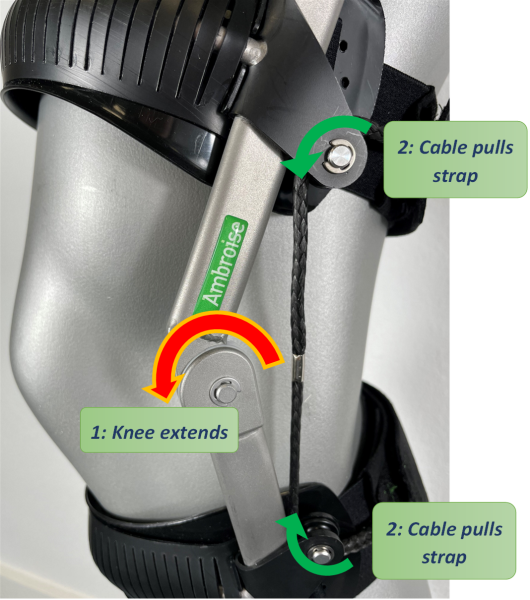
Dynamic 4 Point Balancing: Straps tighten when knee extends and loosen when knee flexes.
The positive effects of this system are subsequently described below:
Extension Preloading
When the knee extends, the straps of the interface just above the knee and just below the knee tighten themselves because the cable, that connects these two straps and that runs behind the centre of rotation of the knee joint gets tightened. With this tightening of these two straps the soft tissues of the leg at all 4 interface locations of the brace are compressed/tensioned, gradually ‘gripping’ the brace tightly to the leg. When the leg reaches full extension brace and leg form a rigid combination with a direct transfer of the stabilising forces from the brace to the leg.
This is (and feels!) much more stable because you prevent that the brace, once you start loading the leg by standing on it is first pressed into the soft tissues, before it actually does anything, allowing the leg to give way a little.
Extension Triggering
Patients that need to control a hyperextension feel the built up of the correction forces of the straps just below and just above the knee increasing before their foot is on the floor and the leg gets loaded by body weight. That triggering reduces the active component of pushing the knee in hyperextension that patients often have. They do actively push their knee into (hyper)extension, because the body needs to feel that the knee is stable enough to start loading the leg. There are no sensors in the leg that accurately tell the brain the alignment of the leg, so feeling the ‘end’ of extension (even if that’s in hyperextension) is the only trigger left. With the extension triggering the brace gives that signal a lot earlier, combined with a more rigid grip of the brace to the leg leading to a reduction of the excessive extension forces.
Force Balancing
Because of the cable that connects the straps around the knee, the force in these straps need to be equal. If not, the cable is pulling the strap with the lower force until the forces are equal again. This balancing of these two forces ensures that not one is taking most of the load, whereas the other does little to nothing. Furthermore, since the lever arms of the lower leg are made equal to that of the upper leg, the forces on the pelottes (interfaces) at the top and bottom of the brace are equal as well and equal to the balanced strap force. This is a very nice feature, because we now never have the situation in which one interface doing a lot more than another. This prevents excessive interface forces that can be uncomfortable. But it also means that we know a lot more precise what the maximum loading on the system will be and that allows for a huge step in optimization of the weight of the orthosis.
Sitting Comfort
A very tight, snug fitting of the brace is nice in having a direct action of the brace to what the leg is doing. However it’s not so nice in sitting, particularly if we realise that the shape of the leg (due to a different alignment of muscles and tendons in a 90° flexed position, compared to a straight leg) is somewhat different. For instance, the upper leg just above the knee is narrower but somewhat higher (in front side to back side of the leg) in sitting than in stance. The coupling of the straps just around the knee loosens these straps in bending the knee. This allows for a great increase in comfort during sitting.
Anti slipping
In the earlier model (the Genux) we’ve proven the need for skin migration underneath the brace just above the knee at the front side of the leg in flexing the knee to prevent the skin from pulling the brace downwards. Every time we flex our knee the skin at the front side of our leg stretches around the knee. This effect can lead to relative movements of up to 4 cm. This skin movement is downwards in flexion and back upwards in extension.
If a brace sticks to the skin with straps and rubber at the front side of the leg (particularly just above the knee) the skin will try to pull the brace down with every bending movement it makes. Since downwards movement is usually easy because of the shape of the leg, in contrast to upwards movement, this will lead to the brace slipping down.
In the GENUX 2 we’ve realised the freedom to migrate the skin underneath the brace by loosening the strap of the interface just above the knee (as well as the one just below the knee). As a result of that the contact force of the interface at that location drops to (almost) zero in flexing. This logically results in a drop in the contact-friction forces and thus in the skin trying to pull the brace downwards in flexion. Combined with a very smooth non-stick surface of the interfaces this ensures that the GENUX 2 stays in place on the leg.
